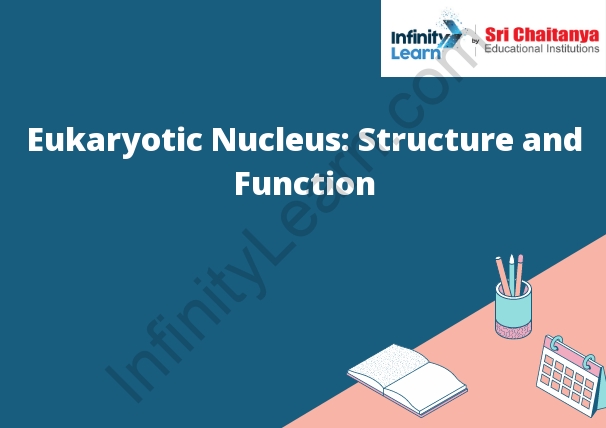Table of Contents
The Nucleus of the Cell
The nucleus of the cell is a small, round, and dense organelle that is found in the center of the cell. The nucleus is responsible for the genetic information of the cell, and it is also responsible for the cell’s metabolism. The nucleus is surrounded by a membrane, and it is enclosed by the cell’s cytoplasm.

Structure of Nucleus
The nucleus is a small, dense, spherical structure that is found in the center of the cell. It is made up of DNA and proteins and is responsible for the cell’s genetic information and for controlling the cell’s activities. The nucleus is surrounded by a membrane and is enclosed by the cell’s cytoplasm.
Compartmentalization of the Cell
The cell is a compartmentalized structure. This means that different parts of the cell have different functions and that these parts are separated from each other. The cell wall is the outermost cell membrane and it separates the cell from its environment. The cell membrane surrounds the cell and it separates the cell’s internal contents from the external environment. The cytoplasm is the jelly-like substance that fills the cell. It contains the cell’s organelles. The organelles are the cell’s internal structures and they perform specific functions.
Gene Expression
Gene expression is the process by which information from a gene is used to direct the synthesis of a protein. The process of gene expression is regulated by a variety of mechanisms that ensure that the correct gene is expressed at the correct time and in the correct tissue.
Nuclear Transport
The process of nuclear transport is the movement of nuclear material, either ribonucleic acid (RNA) or deoxyribonucleic acid (DNA), between the nucleus and the cytoplasm of a cell. The movement of nuclear material is important for the proper functioning of a cell, as it allows for the transmission of genetic information between the nucleus and the cytoplasm. The process of nuclear transport is also responsible for the transport of proteins and other molecules into and out of the nucleus.
Nuclear transport is a complex process that is mediated by a number of different proteins. These proteins work together to form a transportation complex that is able to recognize and bind to nuclear material. The complex then uses energy from the cell to transport the nuclear material to its desired location.
There are two main types of nuclear transport: passive and active. Passive transport is the movement of nuclear material across a membrane without the use of energy. This type of transport is mediated by proteins called channel proteins. Channel proteins form pores in the membrane that allow nuclear material to pass through. Active transport is the movement of nuclear material against a concentration gradient, using energy from the cell. This type of transport is mediated by proteins called transporters. Transporters use energy from the cell to actively transport nuclear material across a membrane.
Assembly and Disassembly
of a Compound Bow
Assembly of a compound bow involves attaching the limbs to the riser. The limbs are then secured in place with bolts, screws, or other fasteners. The bowstring is then looped around the pulleys on the limbs, and the bow is ready to use.
Disassembly of a compound bow is essentially the reverse of the assembly process. The bowstring is first removed from the pulleys, and the limbs are then detached from the riser. The bolts, screws, or other fasteners are then removed, and the limbs and riser can be separated.
Pre-mRNA Processing
The spliceosome is a large protein complex that is responsible for the removal of introns from pre-mRNA. The spliceosome is made up of five small nuclear RNAs (snRNAs) and over 100 proteins. The snRNAs are U1, U2, U4, U5, and U6. The proteins are called the Sm proteins.
The pre-mRNA is first cut at the intron-exon junction by the endonuclease. This creates a 5′ end and a 3′ end. The 5′ end is then attached to the U1 snRNA. The 3′ end is then attached to the U6 snRNA. This forms the spliceosome.
The spliceosome then scans the pre-mRNA for intron-exon junctions. When it finds an intron-exon junction, it cuts the intron out of the pre-mRNA. It then attaches the exon to the U2 snRNA. This forms a new 5′ end and a new 3′ end. The spliceosome then dissociates and the pre-mRNA is ready to be translated into a protein.
Ribosome Biogenesis
The ribosome is a large and complex molecule that is responsible for the synthesis of proteins in the cell. It is composed of a small and a large subunit, which are composed of protein and RNA, respectively. The small subunit recognizes and binds to the mRNA molecule, while the large subunit catalyzes the translation of the mRNA into a protein.
Ribosome biogenesis is the process by which ribosomes are assembled in the cell. This process begins with the transcription of the ribosomal RNA (rRNA) genes, which are located in the ribosomal DNA (rDNA) cluster. The rRNA genes are then transcribed into RNA molecules, which are used to assemble the ribosomes.
Functions of Nucleus
The nucleus is responsible for the functions of the cell, including:
– DNA replication
– Cell division
– Protein synthesis







